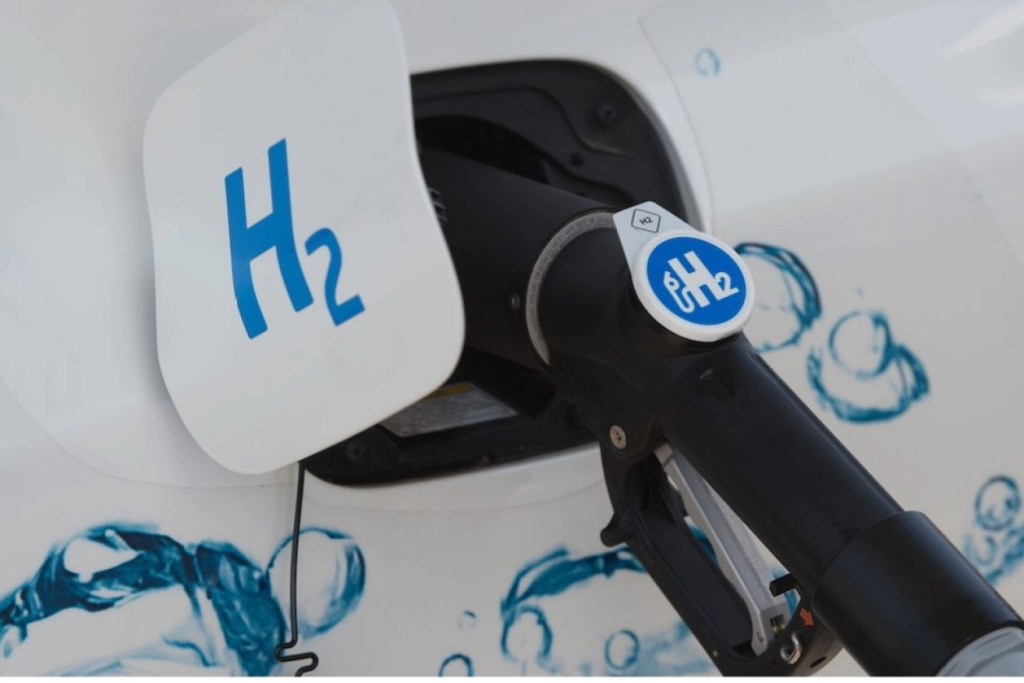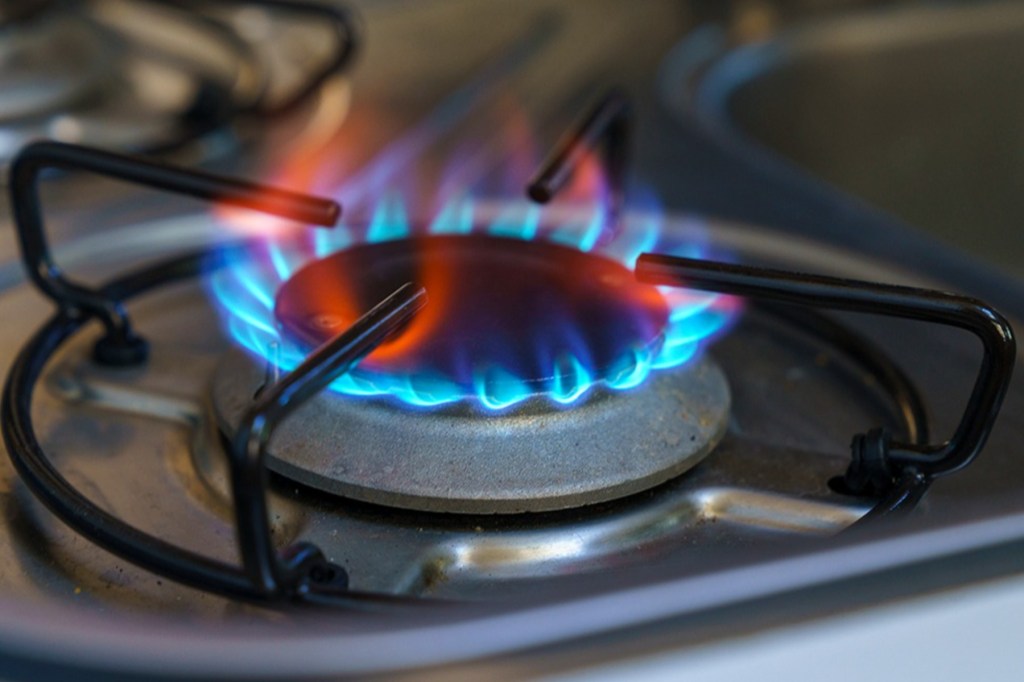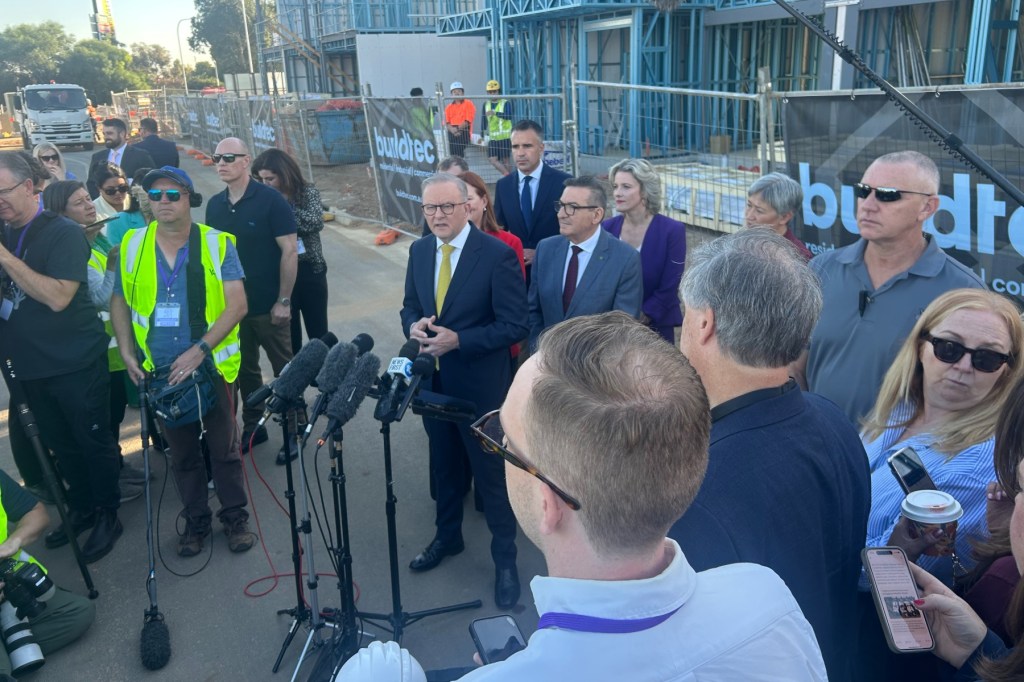South Australia’s place in a decarbonised world
Former Premier Mike Rann addressed the French-Australian Chamber of Commerce on hydrogen this week, this is an edited version of what he had to say about reaching Net Zero.

Despite years of warnings by scientists and promises by world leaders, we are currently losing the battle against unsustainable climate change with, in my view, no chance of achieving our goal of limiting temperature rise to 1.5C degrees, the level above which scientists warn that the impacts of the climate crisis will rapidly become catastrophic. Month after month we are seeing average world temperatures breaking previous heat records.
Without a massively bigger effort, we are currently racing towards a 3C degree rise. Our window of opportunity to avoid the worst is closing.
We are in dangerous territory. The human and economic costs, already massive, will get much worse. Failure to achieve the world’s agreed goal of Net Zero emissions by 2050 would pose extraordinary threats to our economies, be devastating for food production and would exacerbate poverty, health and refugee crises as well as crippling natural disasters.
Around the world people’s real-life experience of climate change is now matching the stark warnings of the scientists. Because of this climate deniers in the fossil fuel industry have lost credibility but, like the tobacco industry decades ago, they have switched from denial to delaying tactics. However, the era of cheap fossil fuels is now over and the smart money from business is flowing strongly into renewables while confident, forward-looking governments are investing in a net zero future not subsidising sunset fossil fuel industries that will worsen our problems, as unfortunately Australia continues to do.
Continuing to approve coal mines, as the Federal government has this year, just reinforces the long-held view internationally that Australia tries to walk both sides of the street on climate.
So why is progress so slow when scientists and world leaders have for years said that climate change is the greatest threat facing our planet? In my view, slow progress has underscored the weakness of international institutions to deal with long-term challenges compared with short-term crises.
Shorter-term problems will inevitably emerge to divert attention and resources away from those requiring the long haul.
Meanwhile, fearing the prospect of losing elections because of the tough action required, many governments prefer to set long-term targets knowing they won’t be around to be held accountable when those targets aren’t met. Weak leaders leave the hard work for those who follow.
Delayed action
International crises have also intervened causing further delays.
We had the Global Financial Crisis in 2008/2009 when governments had to mobilise massive amounts of money to rescue the world’s banking system. Successfully meeting that crisis is perhaps the best example in modern times of international cooperation working… with the G20, representing 85 per cent of global GDP, playing an important role.
You might like
However, during that same time the COP in Copenhagen collapsed in disarray in a huge blow to climate progress. Since then, we have also had the global Covid pandemic, which saw the Glasgow COP delayed a year.
So, the annual COPs limp on to make piecemeal progress but never fast enough to meet the challenge.
Now, as 2024 comes to an end, we again live in increasingly troubled times marked by the woeful inadequacy of international institutions such as the UN Security Council to respond in any effective way to regional conflicts like Gaza and Ukraine which have the potential to escalate catastrophically. Never has the UN looked so impotent.
Climate leaders are also concerned about the impact that Trump’s re-election will have given the “drill baby drill” promises he made to Big Oil in exchange for their financial backing.
I was pleased that last week’s G20 in Rio saw an injection of energy on climate that we haven’t seen before and certainly didn’t see in June this year when the G7 met in Italy.
In Rio, the G20’s Chair was Brazil’s President Lula who called on the world’s 20 major economies to accelerate their national climate targets so that they reach Net Zero climate emissions five to 10 years ahead of schedule.
Lula’s leadership is important because this time next year Brazil will host COP 30 in the symbolically important Amazon city of Belem. There’s likely to be far greater attention paid to this COP compared to Baku with a corresponding demand for greater progress, particularly from the Global South.
COP 31 in 2026 will most likely be held in Australia, with our Premier, Peter Malinauskas, bidding for Adelaide to be the host city.
Given South Australia’s extraordinary leadership on renewables, nowhere else in Australia can match our credentials or global credibility. The economic impact for this city of an event lasting more than two weeks, and involving tens of thousands of visitors, would be unprecedented and would generate a lasting legacy in terms of our international profile. I hope the Prime Minister will back Adelaide’s bid and at the opening ceremony announce a definitive timetable for Australia to phase out fossil fuels.
Follow the money
Despite many frustrations, there have been significant advances in the march toward an emission-free future.
The two biggest drivers of this massive growth are solar and China. Solar is now so cost competitive and China, even though its emissions are still rising, is the world’s renewables leader and will be responsible for 60 per cent of the expansion in global capacity to 2030.
China is now almost six years ahead of its target. In 2023 alone it added as much Solar PV as the entire world did in 2022, while its wind power additions rose 66 per cent year on year.
Here in Australia, during years of conservative Federal governments, South Australia was able to move from having close to zero renewable energy to becoming an international leader. Some 75 per cent of our power comes from renewables now and the South Australian government has brought forward its target and is now aiming to reach 100 per cent in 2027.
We have already reduced our emissions by more than 50 per cent since 2005 and I’m confident we will reach our new target of 60 per cent by 2030. That’s a considerably better result than the target of a 43 per cent reduction for the nation as a whole.
Our leadership continues to give us a first-mover advantage that previously, with our wind and solar push, attracted billions of dollars’ worth of private sector investment to South Australia.
Stay informed, daily
However, the biggest boost to decarbonisation is now occurring because on-shore wind and solar PV are cheaper today than new fossil fuel plants in most countries.
Two decades ago, installing one gigawatt of solar took a year. Now that amount is sometimes installed in a day. That has brought down costs, making solar the cheapest form of energy in history.
To know what’s really going on you always have to follow the money and private sector investment is now flowing strongly into renewables as well as energy efficiency and innovation.
Hydrogen in the mix
So where does hydrogen sit in this clean, future energy mix?
The South Australian government, as part of its Hydrogen Jobs Plan, has committed more than $500 million to establish a 200-megawatt hydrogen power plant, electrolyser and storage facility in the Upper Spencer Gulf. This project is designed to provide additional grid stability as our State moves towards becoming 100 per cent powered by renewables in 2027. However, this project is about more than that.
South Australia is home to Australia’s richest copper deposits, a critical mineral needed for a range of clean technologies, including electric vehicles and wind turbines.
The hydrogen project aims to ensure that our state capitalises on rising global demand for critical minerals while at the same time driving innovation in sustainable extraction and processing. By integrating renewable energy with mineral resources, the state wants to secure the production of green steel and copper as well as revitalise the Upper Spencer Gulf as a hub for sustainable manufacturing jobs.
I commend the State Government for its Hydrogen and Renewable Energy Act, proclaimed in July, which is Australia’s first legislative framework to regulate large-scale hydrogen projects.
In recent days I’ve heard several locals question why, and I quote, “South Australia is going out on its own on hydrogen?”
I faced similar questions when my government went ahead of the pack to introduce Australia’s first renewable energy and emissions reduction and solar feed-in tariff legislation to kick-start our renewable ambitions.
The truth is that South Australia is leading but not “going it alone” on hydrogen.
Other Australian states are pursuing hydrogen strategies and at the beginning of this month, the new UK government announced billions in funding for new green hydrogen projects which it says will be amongst the first commercial-scale projects in the world.
Last week the US Department of Energy awarded up to $2.2 billion for two hydrogen hubs, one in Texas and the other in the Mid-West to accelerate the deployment of clean hydrogen on a commercial scale to reduce emissions in heavy industries such as aluminium, cement, steel and long-haul transportation. The US has a target of producing 50 million metric tons of clean hydrogen fuel by 2050
The EU, moving not only to reduce emissions but to increase energy security to end its dependence on Russia, wants renewable hydrogen to cover 10 per cent of its energy needs by 2050 in order to significantly decarbonise energy-intensive industrial processes such as steel making and key parts of its transport sector. France has set a decarbonised hydrogen production target of 700,000 tonnes of renewable or low-carbon hydrogen per annum by 2030.
Am I confident or pessimistic about the world reaching Net Zero by 2050?
I am going to be blunt. Getting there will be very difficult but the inevitability of increasing climate chaos along this journey will no doubt see the public give leaders the backbone many are currently lacking.
Meanwhile, I am pleased that South Australia is continuing to advance its climate, clean technology and jobs ambitions, and proud that we are now acknowledged as an exemplar around the world.
Former Premier the Hon Mike Rann AC is the Chair of the Climate Group, one of the world’s preeminent climate advocacy organisations which now operates in every continent.








